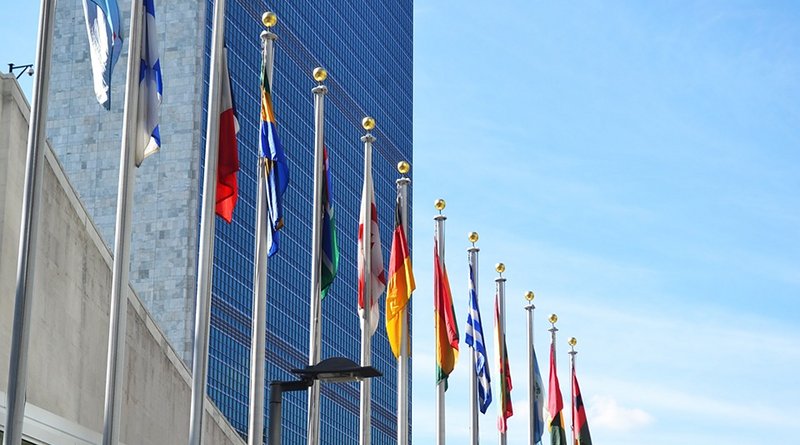Championing Equity For A Robust Tomorrow: UN Day For Disaster Risk Reduction – OpEd
The International Day for Disaster Risk Reduction is held in October, current year’s UN Global Day for Mitigating Disaster Perils underscores the nexus between calamities and disparities. Disasters and disparities are intrinsically intertwined; each adversity compounds the other. An inequitable allocation of services leaves the most defenseless individuals perilously exposed to the specter of disasters. Meanwhile, the repercussions of these calamities serve only to magnify disparities, perpetuating a vicious cycle that drives the most vulnerable even deeper into destitution.
Considering that the majority of nations at substantial risk of disasters also rank among those with the highest proportion of citizens residing below the national poverty threshold, the United Nations Office for the Alleviation of Catastrophic Hazard asserts the necessity of taking proactive measures to sever the ties between disaster and burgeoning inequality.
The UN clarion call is a rallying cry to fight against inequality as we chart a course towards a future that is robust and unyielding in the face of impending disasters. It is this very vision that serves as the central theme for the year 2023, a theme that serves as a lighthouse guiding our collective actions. In a bid to galvanize action, this United Nations agency is disseminating awareness concerning the stark inequalities inherent in disasters. It vigorously advocates for the fight against inequality in the pursuit of a tenacious and resilient future. This theme encapsulates the central focus of the 2023 commemoration.
This year’s theme aligns harmoniously with the Sendai Accord, an international covenant aimed at preventing and mitigating losses in human lives, livelihoods, economic structures, and rudimentary infrastructure. The theme for the year with the Sendai Framework, is for a singular purpose: to thwart and alleviate the losses stemming from disasters in the domains of human lives, livelihoods, economic structures, and fundamental infrastructure. The treaty delineates seven overarching global objectives and comprises 38 evaluative criteria for gauging progress, constituting a symbiotic partnership with the Paris Accord on climate transformation. This treaty meticulously outlines seven overarching global goals and is enriched in the evaluative criteria that enable us to measure progress. These frameworks are intricately interconnected, jointly striving to attain the Sustainable Development Goals.
It is the unequal distribution of vital services that leaves the most vulnerable strata of society perilously exposed to the imminent threats of disasters. Simultaneously, the devastating consequences of these calamities act as catalysts, amplifying and exacerbating the existing disparities, relentlessly pushing those who are already at risk deeper into the quagmire of poverty. Intriguingly, a telling correlation emerges as nations face the highest susceptibility to disasters are paradoxically the same ones grappling with a disproportionately large share of their population residing below the national poverty threshold. It’s a stark and unsettling reality. Recognizing this disconcerting symbiosis, the United Nations Office for the Alleviation of Catastrophic Hazard assumes the mantle of leadership, advocating not only for action but for a profound shift in our collective consciousness.
Unfolding the Midterm Review of the Sendai Framework for Disaster Risk Reduction (2015-2030). It was in May 2023 that the United Nations General Assembly, in an act of profound significance, ratified a political declaration. This declaration was not a mere formality; it was a rallying cry, an urgent and call to action. Its purpose was clear – to accelerate efforts, to fortify resilience, and to turn the tide against the looming specter of disaster.
The intricate interplay of disasters and inequalities, we stand at a crossroads of unparalleled importance. The path forward is one that leads us towards a future where the shackles of inequality are broken, where resilience is our shield, and where we, as a global community, rise above the challenges that disasters pose. The main goal is to champion equity, and chart a course for a robust tomorrow, to leave behind a legacy of enduring resilience for generations to come.

